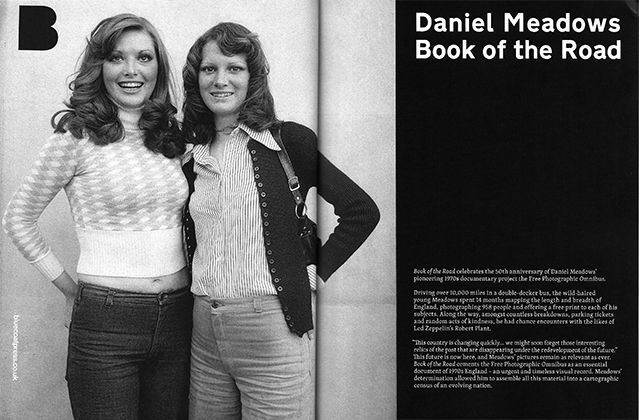I AM A DOCUMENTARIST
I have spent much of my life working collaboratively to record British society, using photographs, audio recordings and short movies. My work reaches its audience though publication and exhibition.
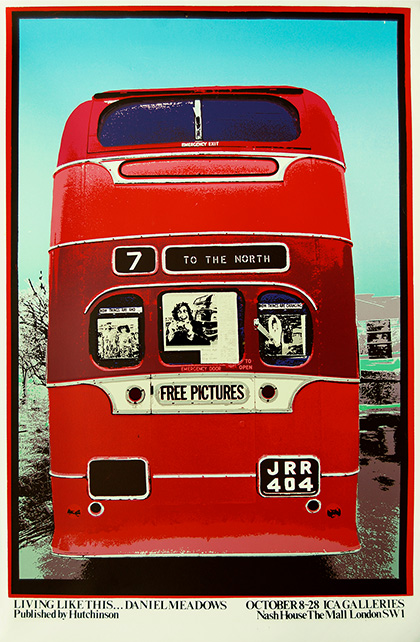
1975
Solo show at the Institute of Contemporary Arts (ICA), London, launches book Living Like This (Arrow) about my travels in the Free Photographic Omnibus (poster by Ken Meharg and Bob Linney).
I had repurposed a 1948 double-decker bus as my home, gallery and darkroom and, in 1973-74, criss-crossed England in it covering 10,000 miles photographing 958 people in 22 towns and cities, giving away the pictures for free. I also made audio recordings. Crowd-funded, the project received two awards from the Arts Council of Great Britain.
1978
Shuttles, Steam & Soot — A Cotton Mill in Lancashire, Camerawork, London. International touring exhibition about my time as photographer-in-residence to the Borough of Pendle (1975-77).
Centred on Bancroft Shed, a textile mill, the show features studies of people employed in disappearing trades, including steam engine tenter Stanley Graham, flue cleaner Charlie Sutton and steeplejack Peter Tatham. These stories, along with others made at the time, are later published as zines by Café Royal Books (CRB) and, in 2015, editioned as a box set.
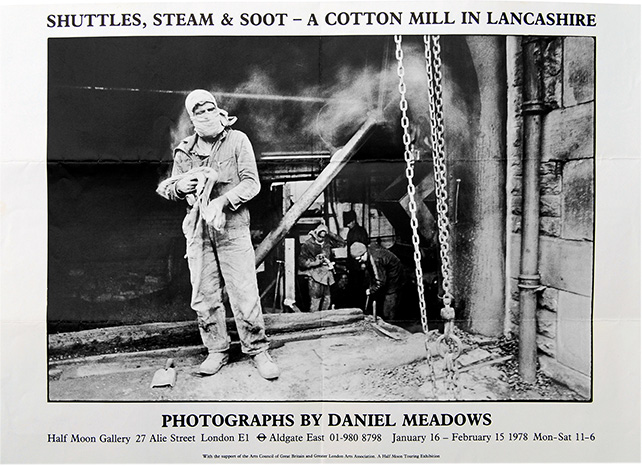
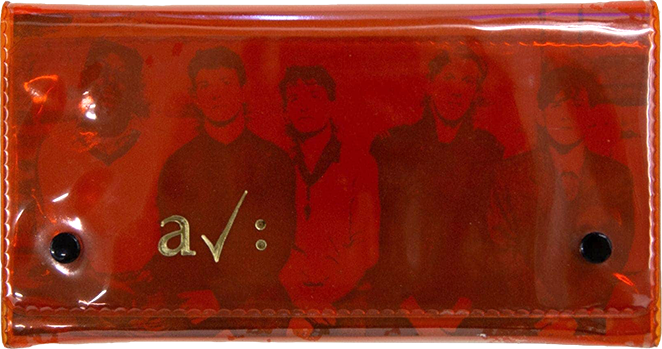
1980
Working at Granada TV in Manchester (1978-80) as a local programmes researcher and occasional presenter of the regional arts review programme Celebration, I am learning from inside and close-up just how 'big media' does it.
For a while I share a desk with Tony Wilson of Factory Records who invites me to photograph his bands: The Durutti Column and Joy Division; also A Certain Ratio whose audio cassette The Graveyard and the Ballroom, FACT 16, is released in a clutch bag case designed by Peter Saville.
1983
Publication of Engineers of the Imagination, the Welfare State Handbook (Methuen).
Beginning in the late 'sixties, when they first took art out of the theatres and galleries and other 'privileged spaces', these 'pathological optimists' and 'civic magicians' have made fire show spectaculars and carnival lantern festivals, all kinds of bespoke ceremonies, in communities across the country and, since 1976, I have been photographing them.
I am not alone in finding their pioneering and influential work transformative.
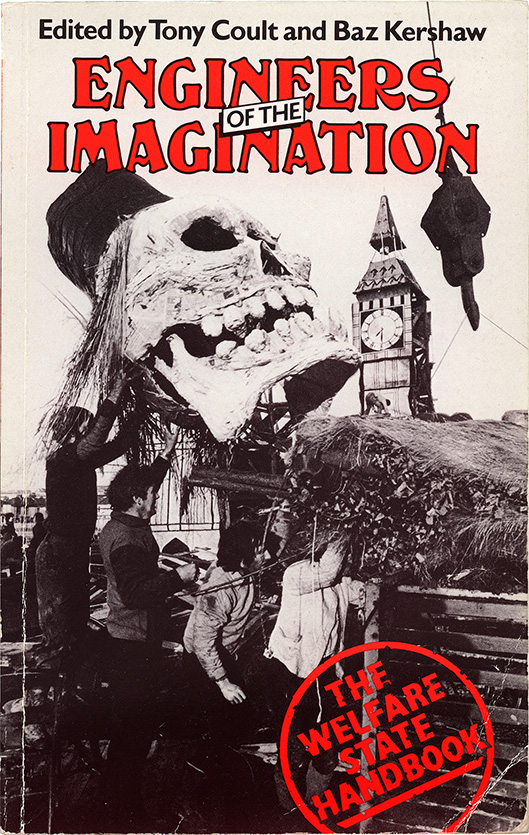
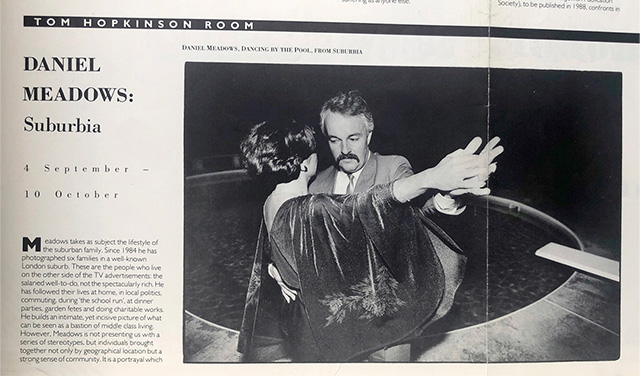
1987
My solo show Suburbia opens at the Photographers’ Gallery, London.
Made in Bromley, Kent, the work is focused on those who share, if not always Mrs Thatcher’s politics then at least her aspirational ambitions; working in service industries, championing the family as the bedrock of society, the importance of owning one’s own property and paying one’s way; in short the values which define the decade.
The full study, complete with texts, is published as Nattering in Paradise (Simon & Schuster, 1988).
1996
As one of 150 photographers commissioned to work on 24 Hours in Cyberspace, the world’s first made-in-a-day (Thursday 8 Feb) global online magazine, I learn how in the digital age journalism will change, with readers becoming viewer-producers.
I'm inspired and it's a turning point. From now on the focus of my creative practice will change as I concentrate on helping people to make media for themselves.
I propose a travelling workshop-based community digital storytelling project. In 2001 the idea is embraced by the BBC in Cardiff and commissioned as Capture Wales (picture). I am employed as its creative director. It runs for six years, winning a BAFTA Cymru (2002).
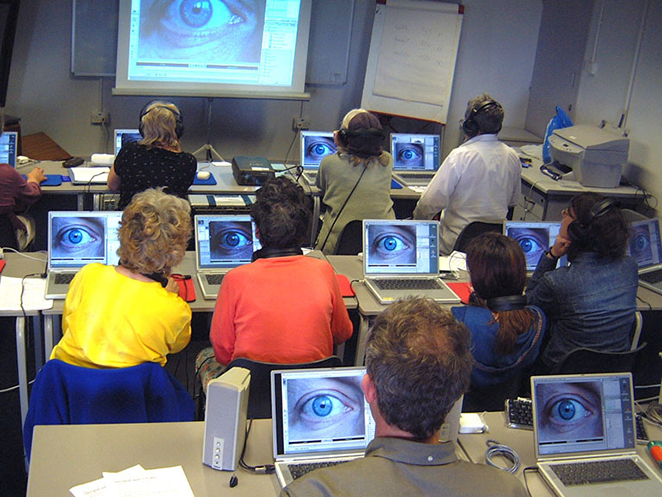
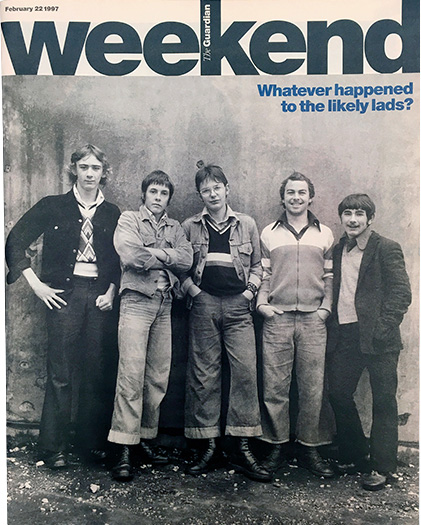
1997
Curator Val Williams introduces the Free Photographic Omnibus to a whole new audience with her exhibition National Portraits, Photographs from the 1970s by Daniel Meadows.
Accompanied by a beautifully reproduced catalogue, it features 110 portraits and launches at Viewpoint Gallery, Salford, touring to the National Museum of Photography, Film and TV, Montage Gallery in Derby and, in 1998, to Shoreditch Biennale. It spawns a Guardian Weekend story and a BBC radio documentary by Alan Dein and Mark Burman, Living Like This.
2001
The Bus, the Free Photographic Omnibus 1973-2001 (Harvill) launches with an exhibition at Photofusion, London.
Curious to find out what has unfolded in the lives of those across Britain whom I photographed from the bus all those years ago, I have persuaded the editors of newspapers in three of the towns I visited — Barrow-in-Furness, Hartlepool and Southampton — to run ‘where are they now?’ features, inviting readers to identify themselves and allow me to interview them and make comparison images, 'now' and 'then'.
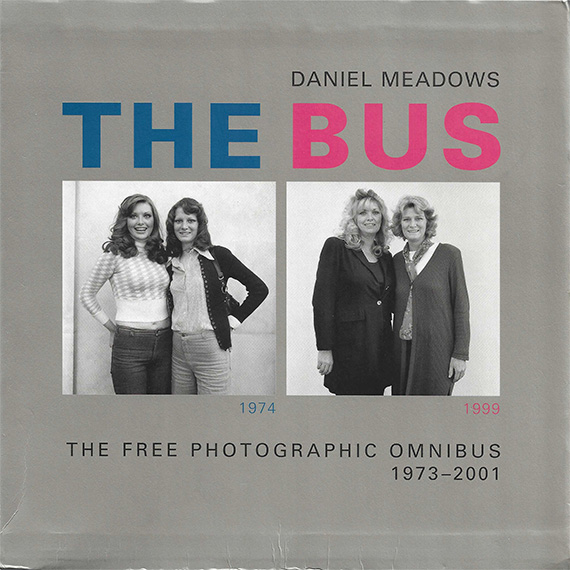
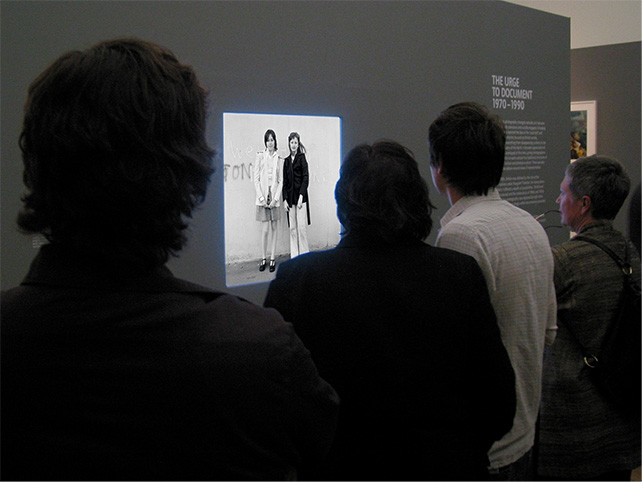
2007 and 2008
Two landmark group shows of work by British photographers, each accompanied by its own scholarly book, feature a selection of portraits from the Free Photographic Omnibus.
How We Are (2007) at Tate Britain (picture), curated by Val Williams and Susan Bright, is the first Tate show to address Britain’s photographic history.
No Such Thing as Society (2008), curated by David Alan Mellor from the collections of the Arts Council and the British Council, is toured internationally by the Hayward Gallery.
2011
Daniel Meadows: Early Photographic Works, a major retrospective exhibition curated by Val Williams, opens at the National Media Museum, Bradford, and tours to Ffotogallery Cardiff, the Library of Birmingham, and the University of the Arts London. It is accompanied by publication of Williams' book Daniel Meadows: Edited Photographs from the 70s and 80s (Photoworks).
"Evocative, highly personal photojournalism from a true pioneer of postwar British photography." Sean O'Hagan, The Guardian.
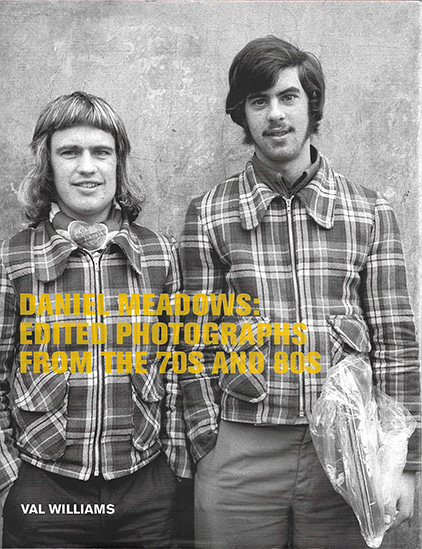
2015
Newly diagnosed with multiple sclerosis and no longer sure what I can accomplish, I am nevertheless commissioned by Multistory in Sandwell, West Midlands, to make work about the street market in West Bromwich.
I construct a movie out of hundreds of animated still photographs cut to a soundtrack of the voices of market traders. Contributors include: Mahendar world famous astrologer, waitress Hazel from Nod's No.1, Mandy from Wizard T-Shirts and Chinese doctor Yuan Hai Sun.
High Street Stories is my final assignment. It premières in the local multiplex with a red carpet reception.
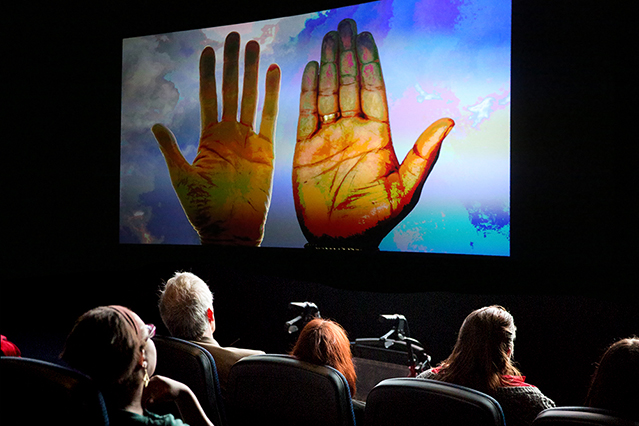
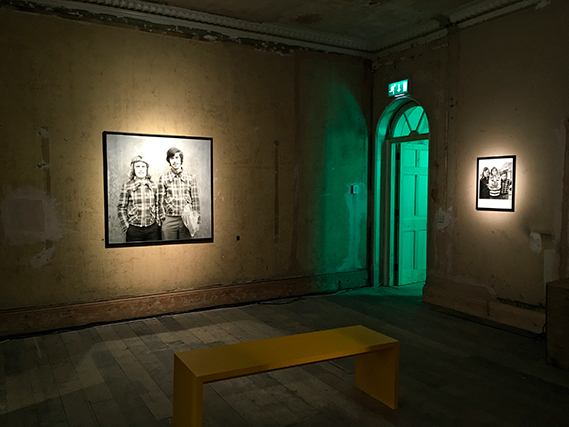
2017
Global fashion brand Burberry launches its autumn collection with a catwalk show against the backdrop of a large photography group exhibition showcasing and celebrating the images which have inspired its designers.
Here We Are is curated by Lucy Kumara Moore and Burberry’s artistic director Christopher Bailey. It includes four portraits and one short video of work from the Free Photographic Omnibus. Opening at the Old Sessions House in Clerkenwell, London, it travels to Hong Kong and, in early 2018, Paris.
2019
The Bodleian Library at Oxford University acquires my entire archive; including all the negatives and contact sheets associated with my photo-documentary work as well as posters, magazines, books, newsletters, notebooks, diaries, audio tapes, digital stories, my PhD documents and much correspondence besides.
Sponsored by the Bern Schwartz Family Foundation, the acquisition is celebrated with an exhibition in the Weston Library (picture shows my 1:10 scale maquette) and a book Now and Then England (Bodleian Library Publishing).
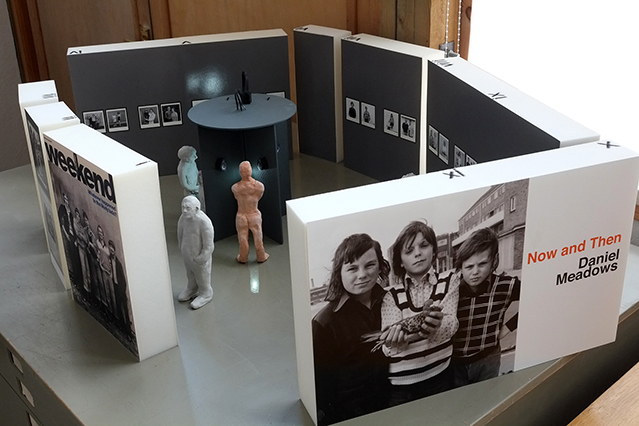
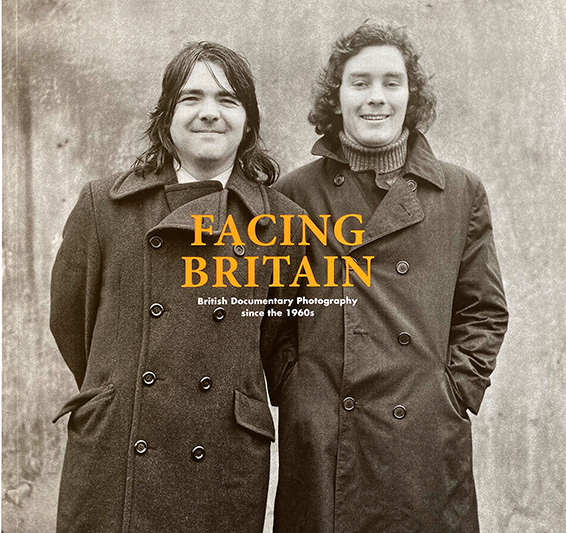
2020
Facing Britain, British Documentary Photography since the 1960s, curated by Ralph Goertz of IKS Photo in Düsseldorf, is the largest exhibition of work by my contemporaries ever to be mounted.
It opens with a three-gallery tour of Germany and, in 2022, travels to the Museum of Photography in Kraków, Poland.
The exhibition catalogue features on its cover one of my 1974 portraits from the Free Photographic Omnibus, showing John Helling and Brian Grafton from Barrow-in-Furness, Cumbria.
2023 - 2024
Free Photographic Omnibus 50th anniversay
Book: Daniel Meadows, Book of the Road (Bluecoat Press)
Zines: Free Photographic Omnibus Series (Café Royal Books). Three editions: Portraits, Reportage, Now and Then
Exhibitions: Centre for British Photography, London
Northern Eye Festival, Colwyn Bay, N Wales
Talks: Bodleian Library, Oxford
Theatr Colwyn, N Wales
Centre for British Photography, London
Martin Parr Foundation, Bristol
Impressions Gallery, Bradford
